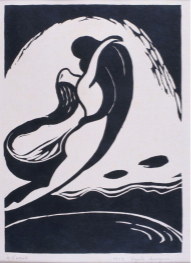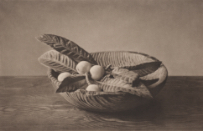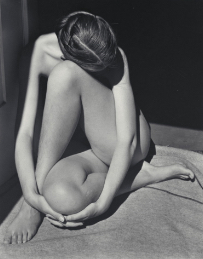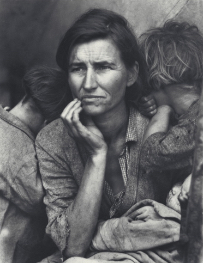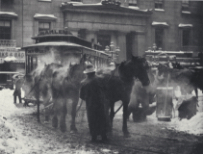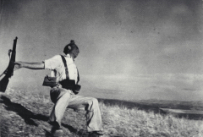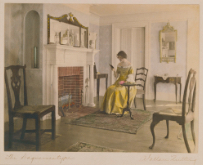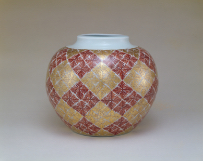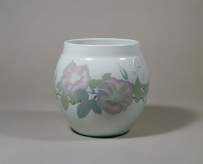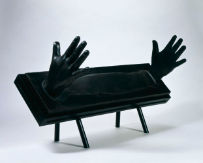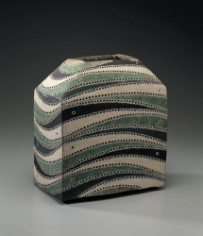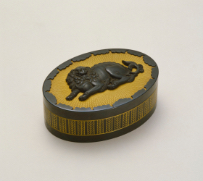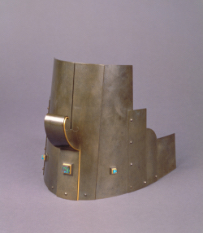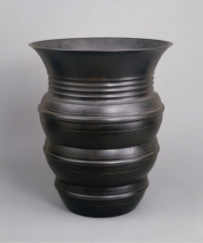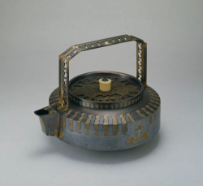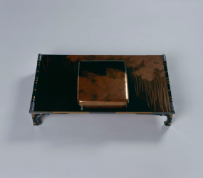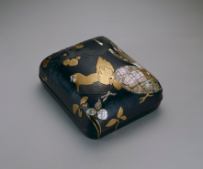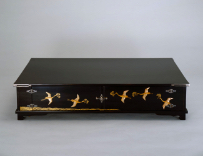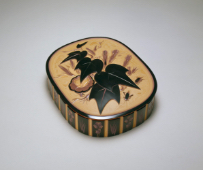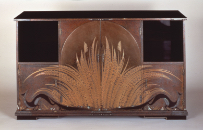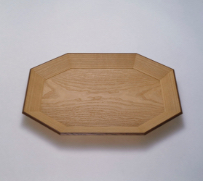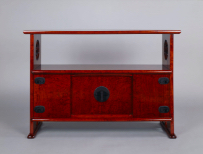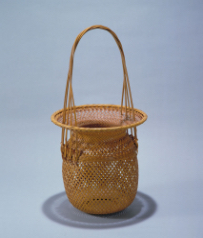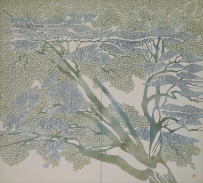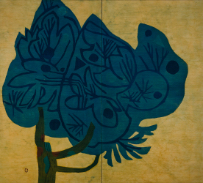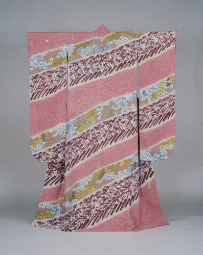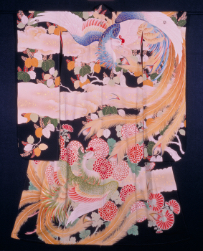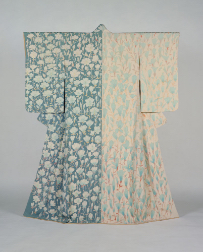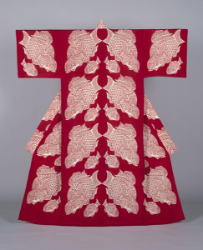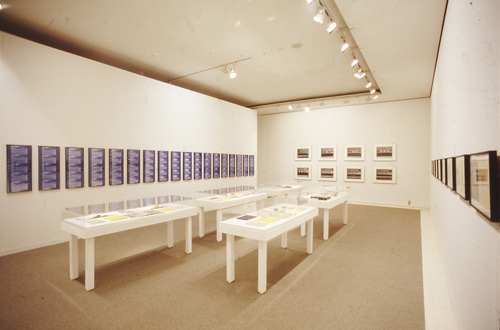The MoMAK
Collection
Since we were first established as the The Annex Museum of the National Museum of Modern Art in Tokyo, the National Museum of Modern Art, Kyoto (MoMAK) has been collecting outstanding works of art as well as related books and materials, with particular emphasis on nihonga (Japanese-style painting) and crafts, in line with our institutional policy.
Explore the thousands of works in MoMAK Collection.
Read MoreExplore the thousands of works in the collections of the Independent Administrative Institution National Museum of Art.
Read More- Japanese-style Paintings
- Oil Paintings
- Watercolor Paintings / Drawings
- Prints
- Photography
- Ceramics
- Metal Works
- Lacquerware
- Wood Works
- Bamboo Works
- Textiles
- Non-Category Works
Japanese-style Paintings
Oil Paintings
Watercolor Paintings / Drawings
Prints
Photography
Ceramics
Metal Works
Lacquerware
Wood Works
Bamboo Works
Textiles
Non-Category Works
Special Collections MoMAK has acquired several substantial groups of works formerly belonging to collectors, artists and others.
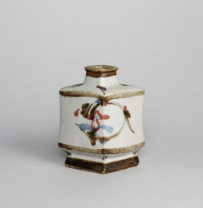 KAWAI Kanjiro, White Flat Jar of Grass and Flower Design,
KAWAI Kanjiro, White Flat Jar of Grass and Flower Design, 1939 The Kawakatsu Collection
This collection of 425 works conveys a comprehensive picture of the entire career of Kawai Kanjiro (1890-1966), a central figure in The Mingei (Folk Art) movement who dedicated his life to creative activities and ceramics in particular. The collection was donated by Kawai’s friend and long-time supporter Kawakatsu Kenichi. It includes important works from all phases of Kawai’s career from the earliest years until his death, and also serves as a paramount body of reference materials for research on Kawai.
KAWAI Kanjiro, White Flat Jar of Grass and Flower Design,1939
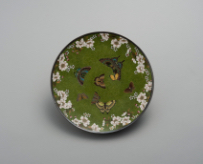 NAMIKAWA Yasuyuki, Plate with cherry blossoms and butterflies,
NAMIKAWA Yasuyuki, Plate with cherry blossoms and butterflies, Meiji Period Meiji Arts and Crafts Collection
This collection of crafts from the Meiji (1868-1912) and Taisho (1912-1926) eras, including outstanding works by Imperial Household Artists, was acquired intensively from 2016 to 2018. It consists of a total of 169 works using a variety of techniques and materials such as porcelain, cloisonné, metalwork, lacquerware, textiles, and ivory, primarily consisting of “crafts for overseas export” manufactured under the industrial growth policy of the day.
NAMIKAWA Yasuyuki, Plate with cherry blossoms and butterflies,Meiji Period
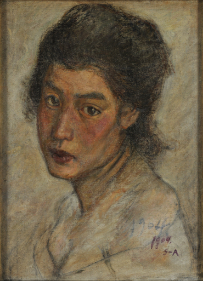 AOKI Shgeru, Head of a Woman,
AOKI Shgeru, Head of a Woman, 1904 The Shibakawa Collection
This collection consists of approximately 180 works and related materials bequeathed by Shibakawa Terukichi (1871-1923), who supported young yoga (Western-style) painters and crafts artisans while working at the Tokyo branch of Shibakawa Shoten, a prosperous Osaka textile trading house. It includes paintings and drawings by Aoki Shigeru, Kishida Ryusei, Ishii Hakutei, Sakamoto Hanjiro, and Ogawa Senyo, as well as crafts by Fujii Tatsukichi, Tomimoto Kenkichi, Bernard Leach, and Kawai Unosuke, and related materials such as books formerly in the Shibakawa collection.
AOKI Shgeru, Head of a Woman,1904
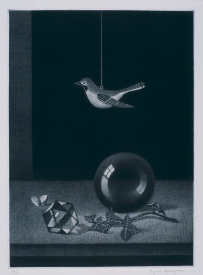 HASEGAWA Kiyoshi, Nature morte à la boule de verre,
HASEGAWA Kiyoshi, Nature morte à la boule de verre, 1959 Prints of Hasegawa Kiyoshi
Hasegawa Kiyoshi (1891-1980), a painter and printmaker active in France, personally selected approximately 180 of his own most prized works from his collection. Hasegawa employed a wide variety of techniques, and this body of work enables viewers to trace the arc of his creative development, from rare early woodcuts created as literary magazine covers and illustrations to prints created with manière noire (mezzotint), drypoint, etching, aquatint and other techniques.
HASEGAWA Kiyoshi, Nature morte à la boule de verre,1959
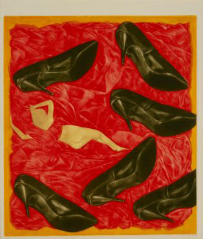 IKEDA Masuo, The Seven Deadly Sins,
IKEDA Masuo, The Seven Deadly Sins, 1972 The M & Y Collection
This collection of approximately 800 works by Ikeda Masuo (1934-1997), one of Japan’s foremost postwar printmakers, from early to late in his career, was a gift in 2007 from the artist’s longtime partner, Sato Yoko, and their office, the M & Y Office. It includes representative works shown at international exhibitions such as the International Biennial Exhibition of Prints in Tokyo, which marked Ikeda’s debut, and early miniature books.
IKEDA Masuo, The Seven Deadly Sins,1972
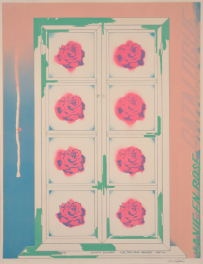 IDA Shoichi, La Vie en Rose,
IDA Shoichi, La Vie en Rose, 1973 Prints of Ida Shoichi
Approximately 260 works by Ida Shoichi (1941-2006), a printmaker based in Kyoto, were received all at once as a gift from Ida Shoichi Studio in 2011. In addition to major lithography and silkscreen works from the 1960s and 1970s, which earned high acclaim both in Japan and abroad, it includes works from his ongoing series Surface is the Between, and aquatint masterworks produced at the American printmaking studio Crown Point Press.
IDA Shoichi, La Vie en Rose,1973
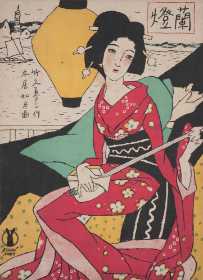 TAKEHISA, Yumeji, Senoo Gakufu No.44 "Beautiful Light",
TAKEHISA, Yumeji, Senoo Gakufu No.44 "Beautiful Light", 1917 The Kawanishi Hide Collection
This collection consists of approximately 1,000 works and reference materials collected by Kobe-based print artist Kawanishi Hide (1894-1965). One third of them are the works and materials by or on Takehisa Yumeji, who was a mentor to the self-taught Kawanishi and with whom he had extensive correspondence. In addition to sosaku hanga (creative prints) by Onchi Koshiro, Yamamoto Kanae, and Kawakami Sumio, it also includes prints by avant-garde artists such as Murayama Tomoyoshi, Michinao Takamizawa and Varvara Bubnova.
TAKEHISA, Yumeji, Senoo Gakufu No.44 "Beautiful Light",1917
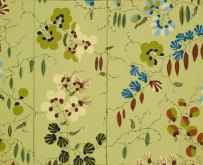 Felice "Lizzi" Ueno-Rix, Wallpaper <Vicia>,
Felice "Lizzi" Ueno-Rix, Wallpaper <Vicia>, before 1928 The Isaburo & Felice “Lizzi” Ueno-Rix Collection
In fiscal 2006, MoMAK received approximately 700 materials including architectural drawings, wallpaper, cloisonné and other crafts, and reference materials from the Kyoto Interactive School of Art (originally established in 1963 as the International Design Institute by the married couple of architect Ueno Isaburo and decorative artist Felice Rix-Ueno).
Felice "Lizzi" Ueno-Rix, Wallpaper <Vicia>,before 1928
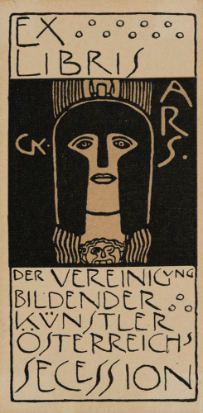 Gustav Klimt, Ex Libris for the Vienna Secession,
Gustav Klimt, Ex Libris for the Vienna Secession, c.1900 Fin-de-Siècle Viennese Graphic Design Collection
The museum purchased this collection of 302 graphic arts items all at once in 2015. It includes drawings by Gustav Klimt and Egon Schiele, as well as woodcuts and original drawings of Koloman Moser, copies of the magazine Ver Sacrum and various types of book-bindings. It is a rare collection that offers a bird’s-eye view of Viennese graphic design in the late 19th and early 20th centuries (c.1867-1914), with a focus on the Viennese Secession movement.
Gustav Klimt, Ex Libris for the Vienna Secession,c.1900
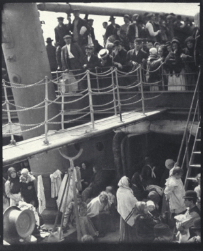 Alfred Stieglitz, The Steerage,
Alfred Stieglitz, The Steerage, 1907 The Arnold Gilbert Collection
The Chicago couple Arnold and Temmie Gilbert amassed a collection of some 1,050 photographs over the course of 20 years. It was a gift to the museum in 1986 from the Kyocera Corporation. The collection contains many masterpieces of modern photographic history by photographers including Ansel Adams, Henri Cartier-Bresson, and Edward Weston, most of which are original prints made by the artists themselves.
Alfred Stieglitz, The Steerage,1907
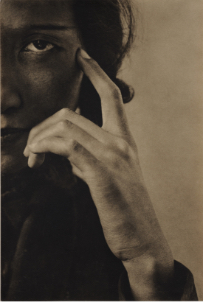 NOJIMA Yasuzo, Miss Chikako Hosokawa,
NOJIMA Yasuzo, Miss Chikako Hosokawa, 1932 Photographs of Nojima Yasuzo
This group of approximately 260 works conveys the full creative range of Nojima Yasuzo (1889-1964), one of the most important figures in modern Japanese photography known for his work in the pictorialist style. It was a gift from the Nojima Yasuzō Isaku Hozonkai (Society for the Preservation of Nojima Yasuzo's Works). In addition to precious original prints deliberately employing old-fashioned techniques such as bromoil printing, and silver prints inspired by new trends in German photography, it was includes related materials such as photographs documenting exhibitions he held at his home for artists who were his contemporaries, such as Kishida Ryusei and Tomimoto Kenkichi.
NOJIMA Yasuzo, Miss Chikako Hosokawa,1932
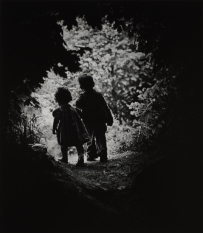 W. Eugene Smith, The Walk to Paradise Garden,
W. Eugene Smith, The Walk to Paradise Garden, 1946 The Aileen M. Smith Collection
This is a collection of works by W. Eugene Smith (1918-1978), the American photographer who left an indelible mark on the history of photojournalism. It includes approximately 280 works covering nearly all of his classic series of photographic essays published in the pictorial magazine Life, from World War II to Minamata, carefully selected and stored by Aileen Mioko Smith, his former wife and partner in documenting the Minamata industrial disaster.
W. Eugene Smith, The Walk to Paradise Garden,1946





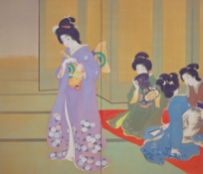

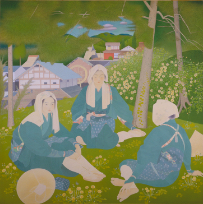
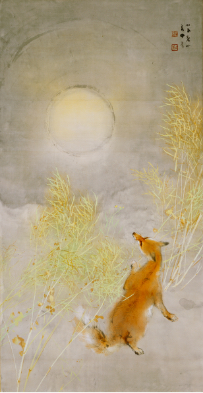
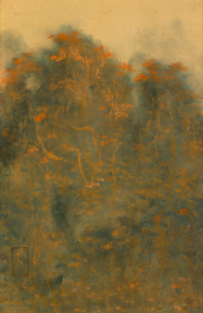
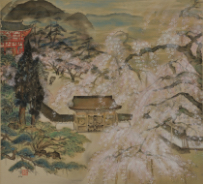


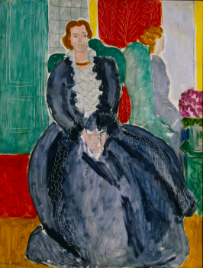
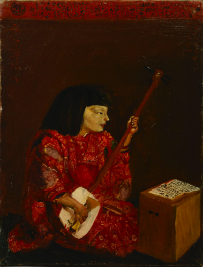
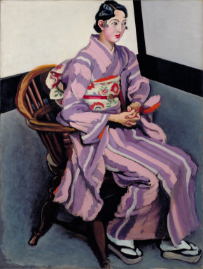
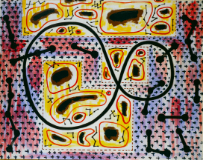




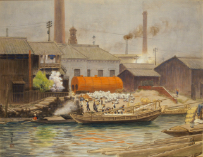
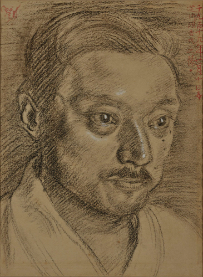



![TAKEHISA Yumeji, Poster of Zontag, Book of Kouta [Song] with Illustrations, 1913](https://www.momak.go.jp/English/wp-content/themes/momak_en/assets/img//collection_reading/img_04_04.jpg)
